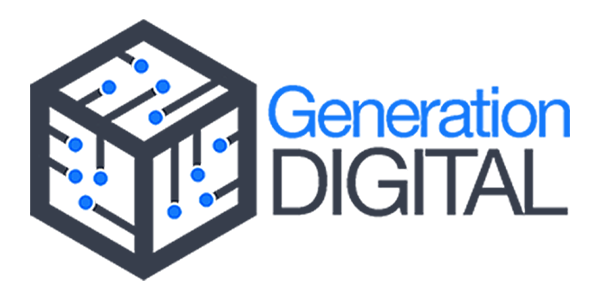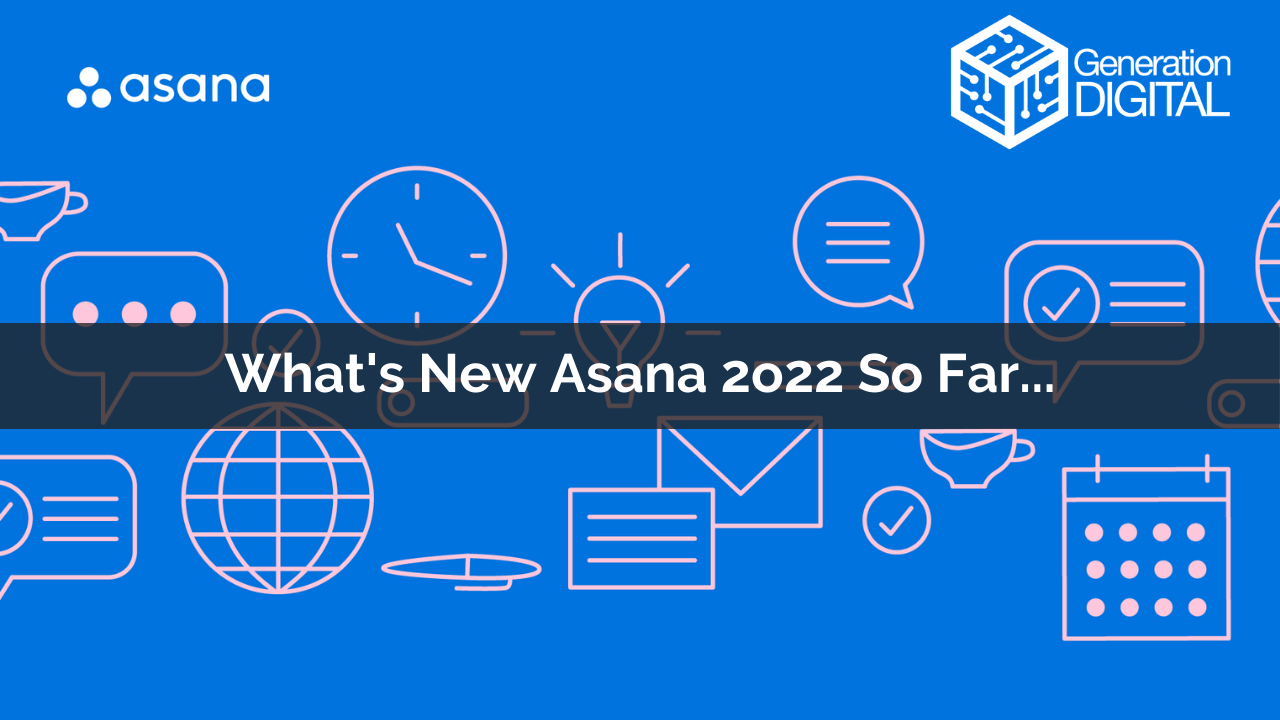Asana, as a company, are always looking at ways to develop their tool and make it more functional. Each month they come up with new valuable features and improvements so that users can get the best experience when using Asana
Here is a breakdown of Asana 2022 releases so far:
January
In January, Asana released the ability to add the multi-select custom field to forms and rules. Adding multi-select questions and linking them to the multi-select custom field means that the answers to those questions automatically populate the field when forms are submitted. This provides the ability to sort submissions/tasks by those field selections, as well as being able to report on them. In turn, with the added rules functionality, you can now use multi-select custom fields as triggers for actions or be able to get a trigger to cause a selection of a custom field.
Another January release was the option to search for projects, tasks, and messages with the in-app search, making the overall visibility clearer.
Lastly, they released the option to report based on time periods. For example, upcoming tasks by month or completed tasks by week. This enables a birds-eye view of what teams are or will be working on and when.
February
February saw the release of the capability to add video messages to task descriptions, task comments or messages within Asana. This is powered by Vimeo. To learn more about fully integrating with Vimeo, click here: https://asana.com/apps/vimeo.
With reporting came the new feature of line graphs showing the data changes over time periods. Such as task completion over time or hours spent. Lastly, ‘Approvals’ became a new action in Asana, perfect for automatically adding an approvals subtask on those request tasks that come through.
March
March saw a special release for Asana of their new tool 'Workflow Builder'. Workflow builder is a visual representation of how the workflow within a project looks, as well as being entirely usable to build a project from start to finish. This makes it easier to see the intake of tasks, branch work off to other teams and see the entire journey of the work within the project.
Asana also revamped their template library so you can save time and included new templates from well-known companies to give insight into how they use the tool for different styles of projects.
March also saw the launch of a new homepage with customisable widgets so that as soon as you log into Asana, you can see what is most important to you. You can edit the background colour, have a notation section and see just your favourite/recent items if you wish.
Lastly, Asana added a new reporting option - Time To Complete. Which measures tasks from creation to completion so you can gain clarity on how long a process is taking.
April
With April came the option to have more than one form per project, meaning multiple responses from these can be recorded in one project and help standardise your requests. Additionally, Asana increased the rule limit to 50 per project so that you can smoothly automate processes and have seamless workflows that route across projects and teams.
Finally, Subtasks were now included in the project dashboard as standard to increase visibility. You can use the filters section to toggle these off or to only report on subtasks themselves.
May
In May, there were three valuable releases to Asana. The first being that the app and website were released in a new language - Bahasa Indonesia. If you require this language, please use the 'My Profile Settings' tab and select.
Asana also improved the functionality of the search so that when entered, the search automatically sorts by relevance but also can be changed to order by other fields such as assignee, due date and completion time.
Lastly, on the homepage, a new widget called 'Tasks I've Assigned' was introduced to show tasks you have assigned to your team. Helping you track what you have delegated out and their progress.
June
June saw the release of updates to Asana for Google Chat, enabling users to easily convert unstructured chats into Asana tasks from within Google Chat. This encourages collaboration at its finest and keeps Asana as the single source of truth.
Additionally, a new widget was also released - for Figjam. You can import projects and tasks directly into Figjam and create tasks from stickies within Figjam itself.
Finally, Super Admins now have the ability to see and control the integrations across their teams with the App Management Tab in the Admin console. This update helps with maintaining the conventions set in place company-wide as well as security.
July
In July, Asana added improvements to the Goals feature. The tiering of goals to a company, team and individual level allows you to see how your work contributes to achieving your company's objectives.
You can also add your 'My Goals' to your Asana homepage. Team leaders can also automate progress updates on goals to see how each person and team is progressing. Control over goals can be edited as well by members being set to either 'Can comment' or 'Can edit' for each company or team goal.
Finally, you can use the appreciation feature to celebrate when your company achieves one of its goals!
August
You can now set a weekly focus on the mobile app to help you hone in on your goals that week. Your focus is visible on your 'My Tasks'.
Asana has improved its google drive integration. You can get notifications on tasks in Asana when someone comments on an Attached google file.
You can also receive mobile notifications when tasks start, and due dates are reached.
Upcoming features
Asana is looking into making more informed strategic decisions:
Planned vs real insights and workload capacity reporting will allow you to make more informed decisions at every level of your organisation. Therefore, the following features will be added to Portfolios.
- Manual time entry
- Planned vs actual time insights
- Reporting & workload capacity insights
- Mobile read-only
- Start-stop time tracker
- Mini-Lite Running Timer modal
- Notifications for Timer
- Sorting
- Templates
- Exports and Estimate imports
- Subtasks rollups
Also, the following additions will be made to these custom fields:
People Field: A big part of Asana is knowing "who's doing what by when", and with that in mind, it's essential to have a dedicated "assignee" on tasks. However, there is also a need for excellent visibility for groups. With that in mind, a People custom field had been built. This allows you to add multiple people to tasks. This drives more visibility across an entire team, greater accountability, and helps teams manage deliverables more collaboratively. Rules support will be added for the custom field to help teams automate who's added to different tasks and projects.
Time Tracking Field: Native Time Tracking in Asana is going to be released. This will include a range of functions, including start/stop timers and manual time entry within Custom fields. The insights that Time Tracking will deliver will help teams better manage their capacity and workload and assess the efficiency of delivering key projects.


